Sepecat Jaguar Royal Air Force RAF
Production Time 9 to 10 weeks
Shipment is by FedEx, UPS or DHL International Express Courier with a normal door-to-door delivery time worldwide of within 2-3 business days after dispatch. Due to the current volatility of world fuel prices, the amount mentioned here is our best estimate for DHL and UPS and may be subject to change at the time of shipping.

Wingspan: 8.8 Inches (22.4 Centimeters)
Height: 4.95 Inches (12.6 Centimeters)
Scale: 1:39
$239.50
Production Time 9 to 10 weeks
-
United States dollar ($)
-
Pound sterling (£)
-
Euro (€)
-
Australian dollar ($)
-
Canadian dollar ($)
-
Singapore dollar ($)
-
Swiss franc (CHF)
-
Japanese yen (¥)
-
Danish krone (kr.)
-
Hong Kong dollar ($)
-
Norwegian krone (kr)
-
Swedish krona (kr)
-
United Arab Emirates dirham (د.إ)
General Product Description
Our PlaneArt Sepecat Jaguar Royal Air Force RAF model exhibits unique, unrivaled quality and detailed design to come as close as possible to the accuracy of the actual plane. It comes as standard with a robust, durable base or stand which is available in a variety of different finishes designed to match your own personal requirements including solid wood, wood with polished metal supports or adjustable wood wall mount and will be ready within about 9-10 weeks from placement of order.
The Sepecat Jaguar Royal Air Force RAF model is made of the finest kiln dried renewable mahogany wood (commonly known as Lauan or Meranti) which has undergone many stages of carving and meticulous and careful sanding giving the beautiful, finished museum quality masterpiece. Many collectors and model connoisseurs demonstrate their preference for genuine handmade and hand painted mahogany wood models rather than plastic or die cast (diecast) alternatives due to the overall look and totally different feel of the item - we trust you will find the same. We can however, if required produce the same model in Solid Cast Resin so just click and contact us for further information. Our craftsmen and gifted artisans ensure that our finely handcrafted model airplanes match the precise blueprint details of the original aircraft. The paint scheme, markings and parts are closely matched, reflecting the original aircraft. This stylish top-quality desktop replica model will surely enthrall anyone who receives this as a gift and for sure one of the most appropriate and desirably collectable gifts for any aviation enthusiast or avid military jet aircraft collector whilst also displaying a perfect resemblance to the actual real life version.
There are many types of military jet aircraft, but the basic types are bombers, fighters, fighter bombers, spotter planes, transporters, patrol aircraft, trainers, and reconnaissance and observation aircraft. All these types of aircraft are used for different types of missions. If you're a fan of historic or present-day military aviation, our model aircraft will bring the excitement and character of these aircraft right into your own home.
If you require, we can also make the Sepecat Jaguar Royal Air Force RAF model in any other military, government or even private livery or colour scheme you require and if necessary, in a different size or scale. Just click here to contact us with a description or photographs of what you require, and we will let you have a quotation for the necessary customization by return email. We can also make bespoke scale replicas of any other private / civil commercial airliner or airliners, helicopter, glider, gliders with engines, military propeller, warplane jets, biplane, triplane, tail fin, spacecraft, rocket or NASA model you require in any airline, military or civilian livery or colors. We also produce model airships, blimps, dirigibles, blimps, boats, and ship collectibles. Wall plaque or seal for military, government or private customers. Again, by clicking here to contact us just let us know exactly what you need.
The SEPECAT Jaguar: A Stalwart of the Royal Air Force
The SEPECAT Jaguar, a product of the joint efforts between the British and French aerospace industries, has been a significant figure in military aviation, particularly in the Royal Air Force (RAF). Designed primarily in the 1960s as both a trainer and a tactical support jet, the Jaguar has proved its mettle in various roles, including close air support, reconnaissance, and nuclear strike capabilities.
Development and Design:
The SEPECAT Jaguar was a collaborative project between Breguet of France and the British Aircraft Corporation, aimed at creating a versatile aircraft that could meet the diverse requirements of both countries’ air forces. The project was launched under the umbrella of SEPECAT (Société Européenne de Production de l’Avion Ecole de Combat et d’Appui Tactique), with the first prototypes taking flight in the late 1960s. The aircraft was designed to be easy to maintain and operate, characteristics that would make it highly successful in export markets.
Operational History:
The Jaguar entered service with the RAF in 1973, quickly becoming a cornerstone of Britain’s tactical air power. Its operational debut showcased a highly capable platform for rapid deployment and high-speed, low-level strike missions. The aircraft’s durability and flexibility were put to the test in various theatres, most notably during the Gulf War in 1991, where it completed numerous sorties for ground attack missions, demonstrating remarkable survivability and effectiveness.
Features and Capabilities:
Equipped with twin Rolls-Royce Turbomeca Adour engines, the Jaguar was known for its impressive speed and agility, characteristics that were crucial for its role in low-altitude strike missions. It featured advanced avionics for its time, including navigation and attack systems that allowed it to operate effectively in all weather conditions. The Jaguar could also be armed with a range of weaponry, from cluster bombs and laser-guided bombs to air-to-air missiles, making it a formidable foe in combat.
Retirement and Legacy:
Despite its success and versatility, the Jaguar was phased out of active service in the RAF by the end of April 2007, as more modern aircraft like the Eurofighter Typhoon began to take over its roles. The retirement marked the end of an era for the RAF, as the Jaguar had been one of its most reliable and effective aircraft for over three decades.
Even in retirement, the Jaguar continues to serve in various air forces around the world and holds a respected place in aviation history. Its legacy is carried on through the pilots it trained and the missions it accomplished, standing as a testament to the ingenuity and cooperation between Britain and France in the field of aerospace technology.
Conclusion:
The SEPECAT Jaguar exemplifies the effectiveness of international collaboration in aerospace engineering. As a key component of the RAF’s tactical capabilities for over thirty years, the Jaguar not only fulfilled its intended roles but also adapted to meet evolving challenges. Its impact on military aviation remains significant, underscoring its role in shaping modern air combat strategies and capabilities.
| Weight | 6 kg |
|---|---|
| Dimensions | 17 × 8.8 × 4.95 in |
Be the first to review “Sepecat Jaguar Royal Air Force RAF” Cancel reply
Similar Models
Helicopters
Military Airplanes - Propeller
Military Airplanes - Propeller
Military Airplanes - Propeller
Private & Civilian
Private & Civilian
Military Airplanes - Propeller
Military Airplanes - Propeller
Military Airplanes - Propeller
Military Airplanes - Propeller
Military Airplanes - Propeller
Military Airplanes - Propeller
Military Airplanes - Propeller
Military Airplanes - Propeller
Boats, Ships & Submarines
Boats, Ships & Submarines
Military Airplanes - Propeller
Military Airplanes - Propeller
Military Airplanes - Propeller
Military Airplanes - Jet
Military Airplanes - Jet
Military Airplanes - Jet
Military Airplanes - Propeller
Military Airplanes - Propeller
Military Airplanes - Jet
Military Airplanes - Jet
Military Airplanes - Jet
Military Airplanes - Jet
Military Airplanes - Propeller
Military Airplanes - Jet
Military Airplanes - Propeller
Military Airplanes - Propeller
Private & Civilian
Military Airplanes - Propeller
Military Airplanes - Propeller
Private & Civilian
Israel Aircraft Industries IAI-1124 Westwind TNT Air Couriers
Military Airplanes - Propeller
Military Airplanes - Jet
Military Airplanes - Jet
Military Airplanes - Jet
Military Airplanes - Jet
Military Airplanes - Propeller
Military Airplanes - Propeller
Military Airplanes - Jet
Military Airplanes - Jet
Military Airplanes - Jet
Military Airplanes - Jet
Military Airplanes - Propeller
Military Airplanes - Jet
Military Airplanes - Jet
Military Airplanes - Jet
Military Airplanes - Propeller
Military Airplanes - Propeller
Military Airplanes - Propeller
Military Airplanes - Propeller
Military Airplanes - Jet
Military Airplanes - Jet
Military Airplanes - Propeller
Military Airplanes - Jet
Private & Civilian
Military Airplanes - Jet
Military Airplanes - Propeller
Private & Civilian
Military Airplanes - Propeller
Military Airplanes - Jet
Military Airplanes - Propeller
Military Airplanes - Propeller
Military Airplanes - Propeller
Military Airplanes - Propeller
Military Airplanes - Propeller
Military Airplanes - Propeller
Military Airplanes - Jet
Military Airplanes - Jet
Private & Civilian
Military Airplanes - Jet
Military Airplanes - Jet
Helicopters
Helicopters
Helicopters
Military Airplanes - Propeller
Helicopters
Military Airplanes - Jet
Blackburn Buccaneer RAF 237 Operational Conversion Unit OCU Squadron
Military Airplanes - Propeller
Private & Civilian
Military Airplanes - Jet
Military Airplanes - Jet
BAe British Aerospace Hawk T.1 Mk.1 Royal Air Force RAF Red Arrows
Military Airplanes - Jet
Military Airplanes - Propeller
Military Airplanes - Propeller
Military Airplanes - Propeller
Military Airplanes - Propeller
Military Airplanes - Propeller
Military Airplanes - Propeller
Military Airplanes - Propeller
Military Airplanes - Propeller
Military Airplanes - Propeller
Private & Civilian
Private & Civilian
Helicopters
Private & Civilian


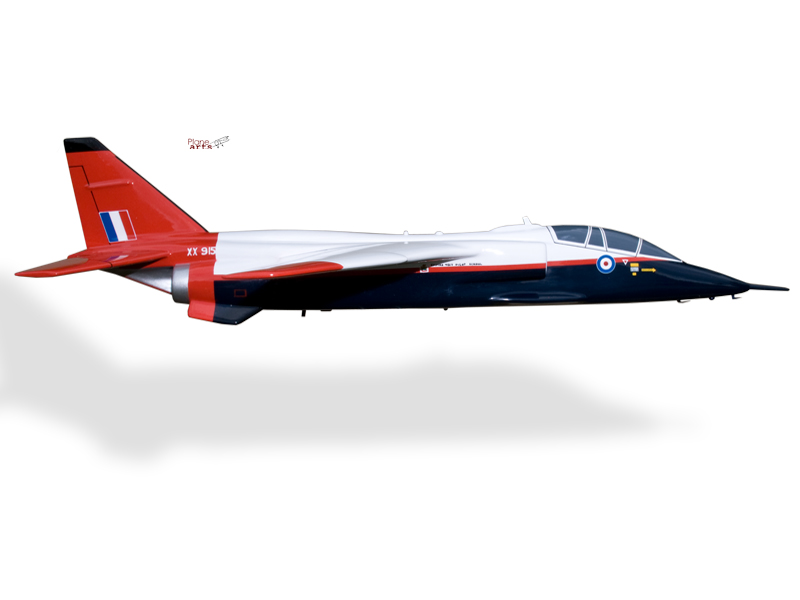

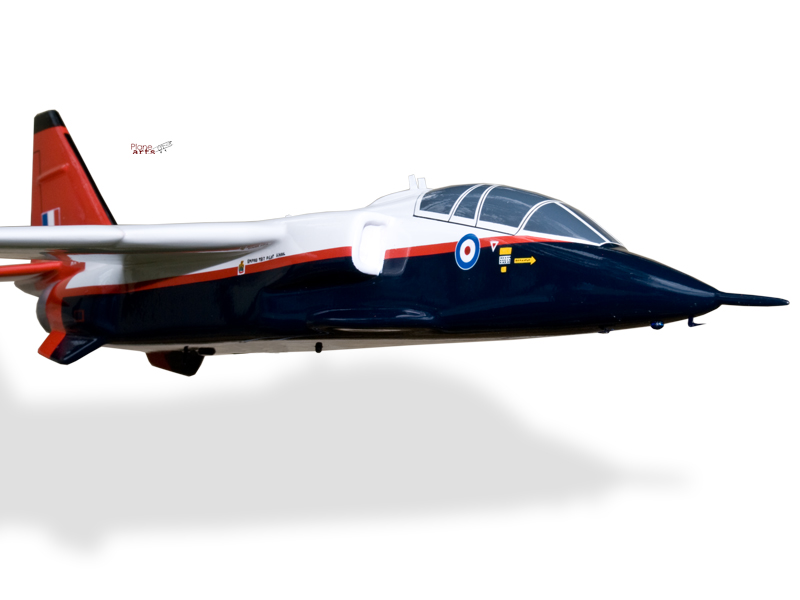
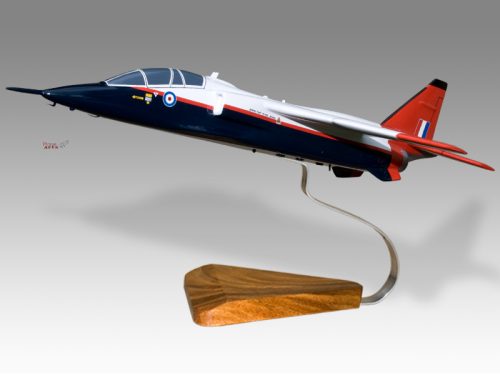
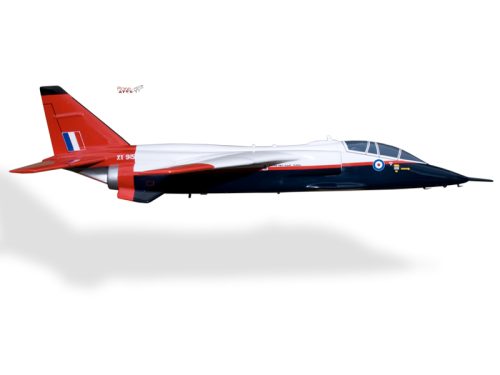
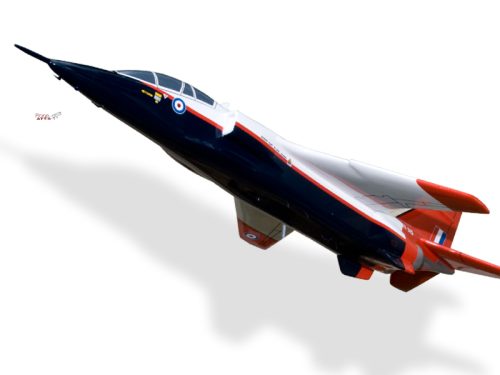

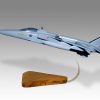
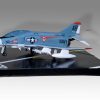
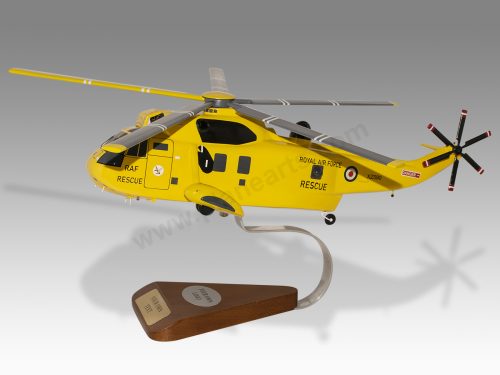
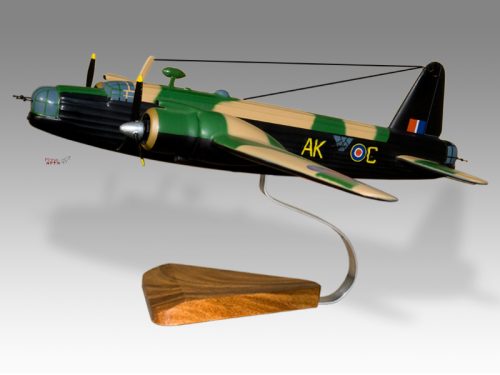

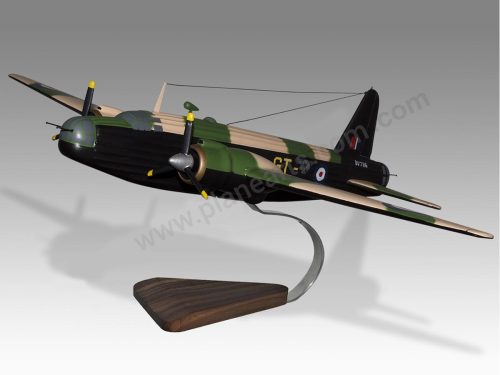

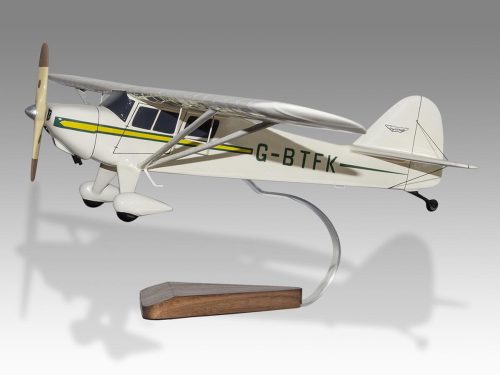
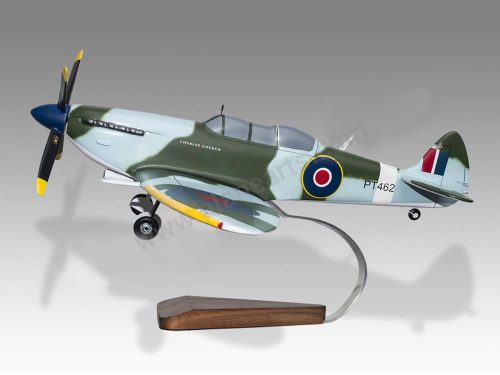
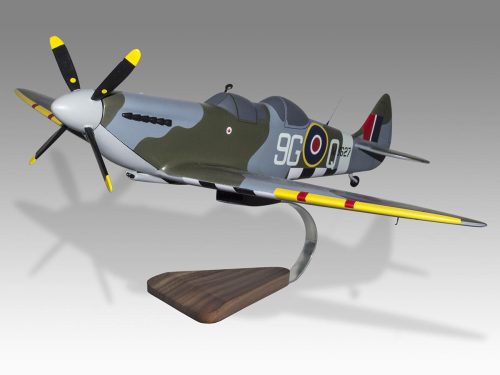
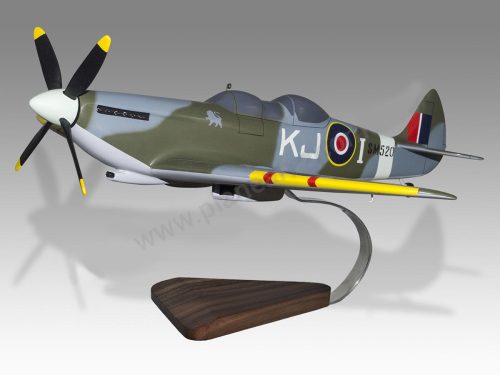
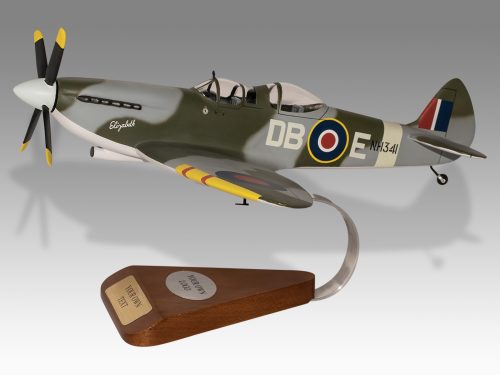
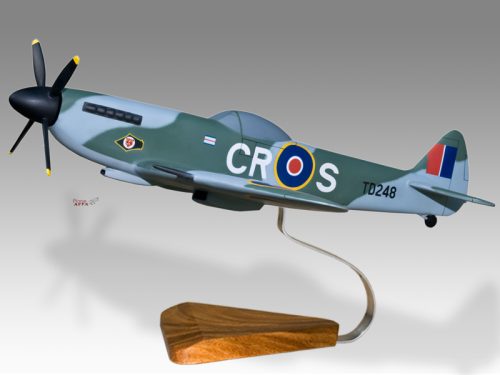
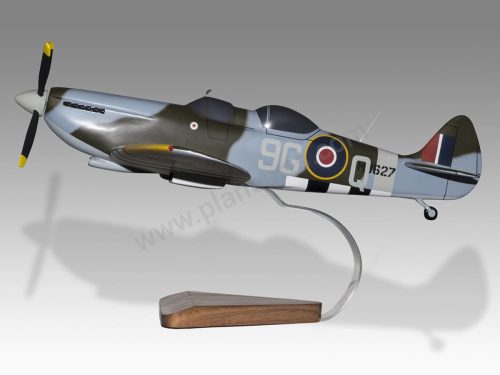
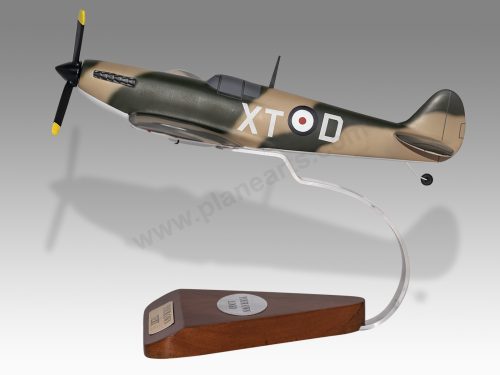
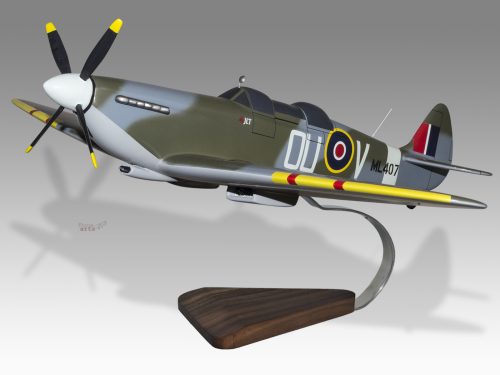




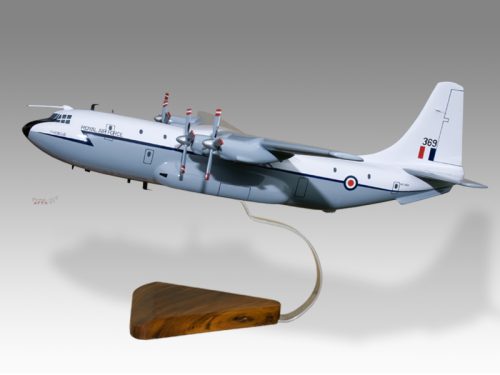

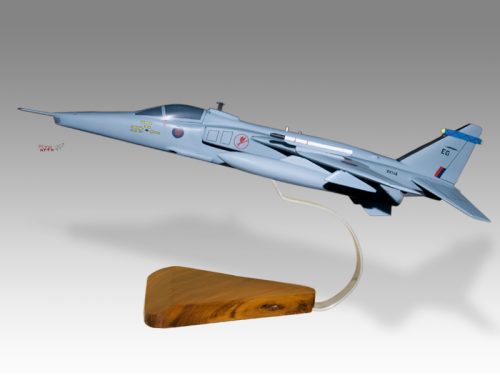
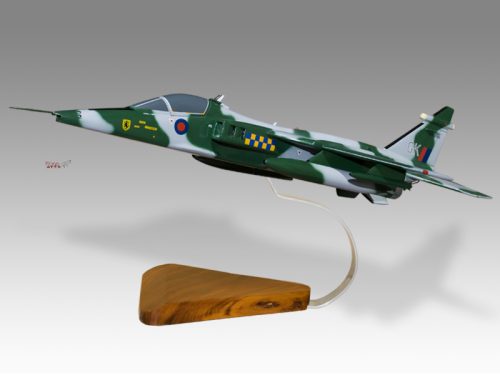
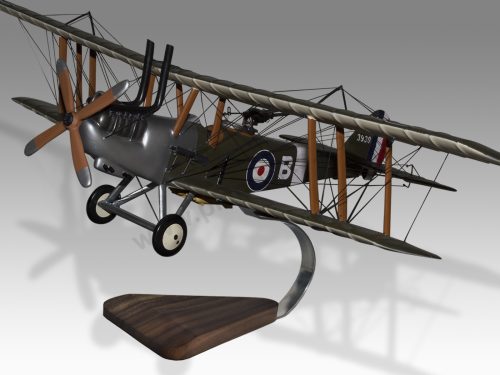
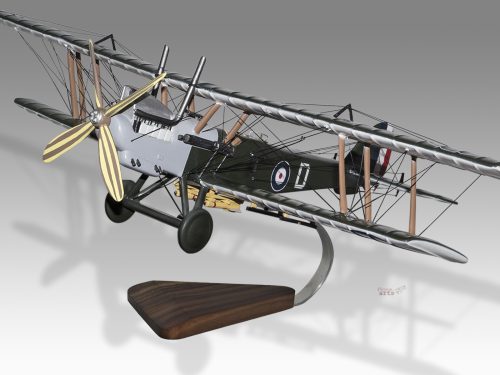
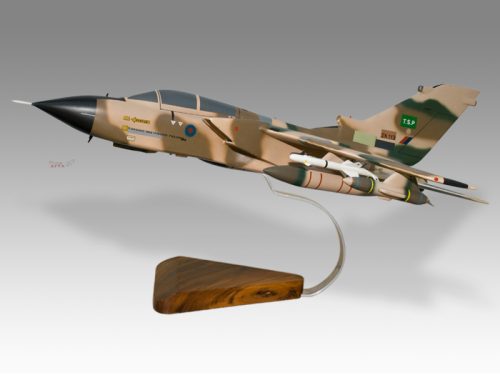
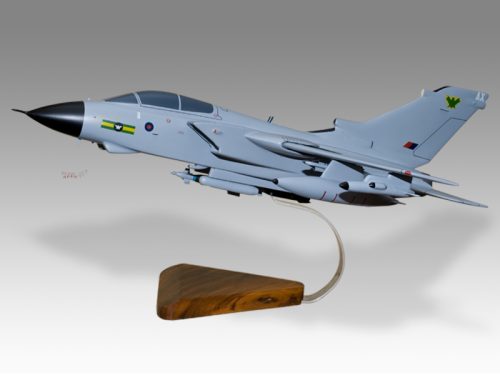
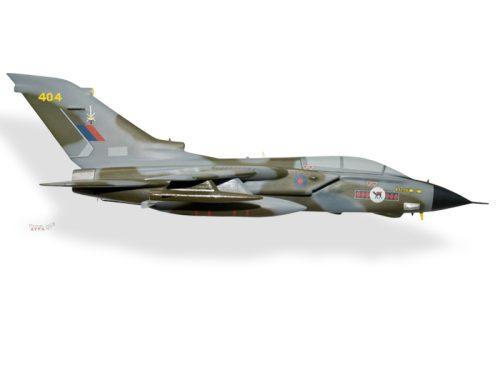
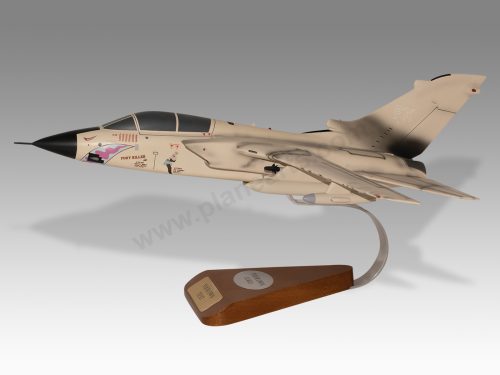
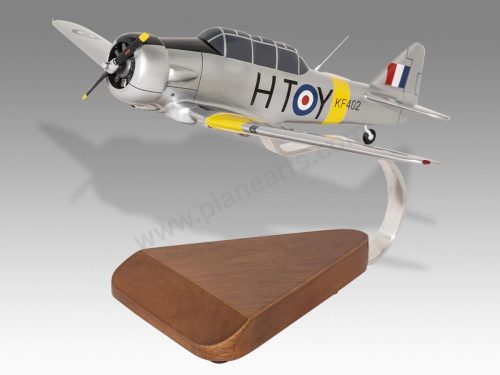

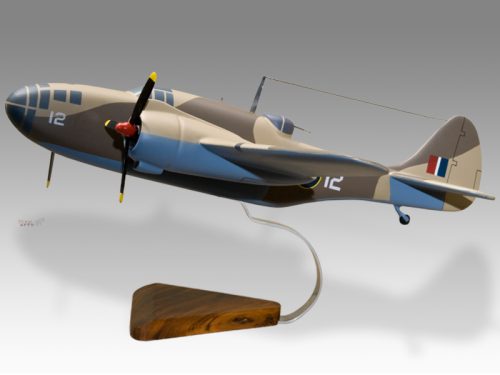
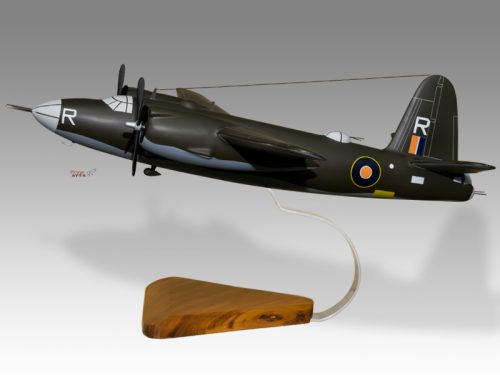

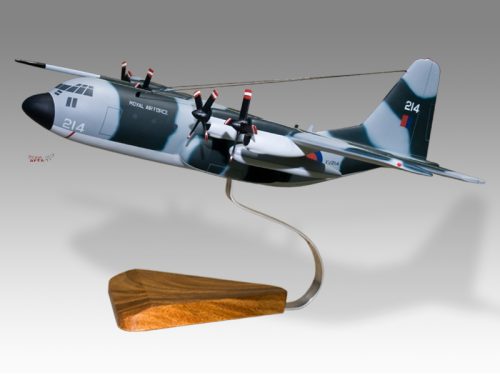



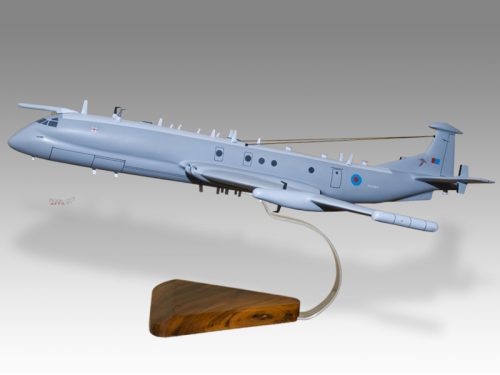
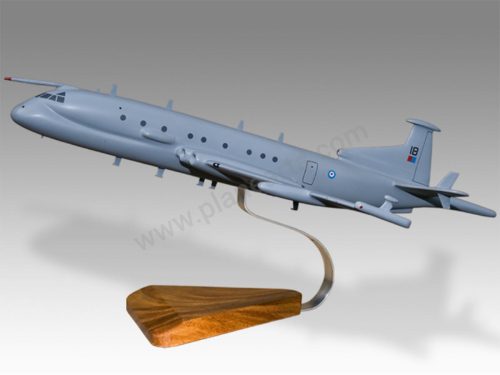


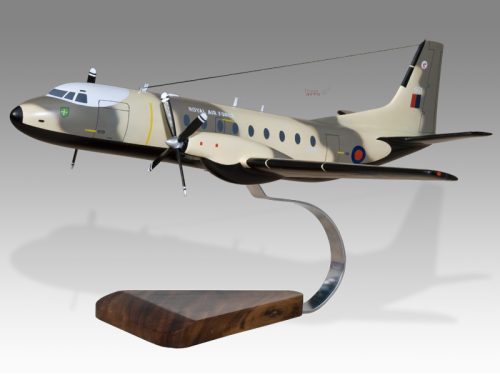


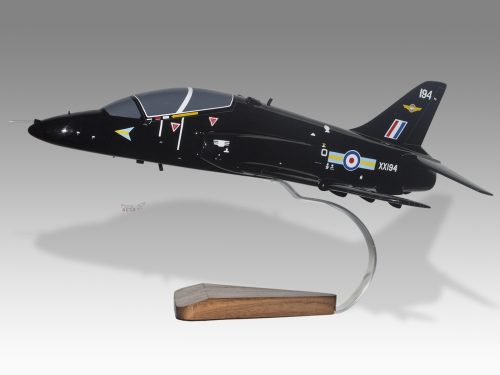
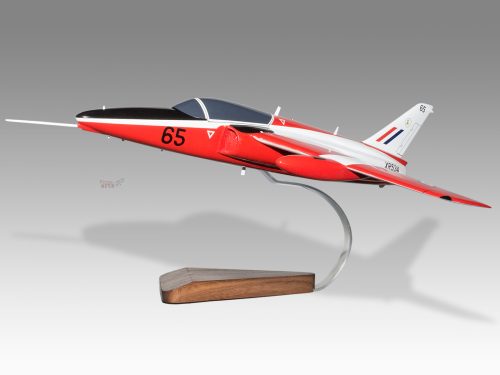
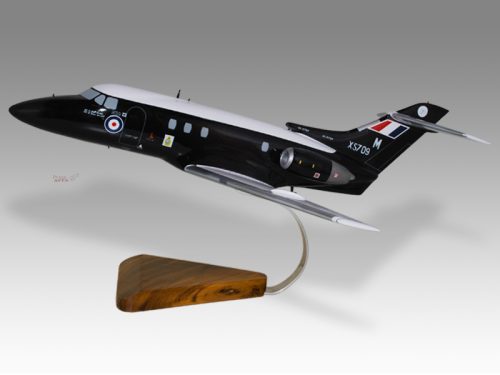
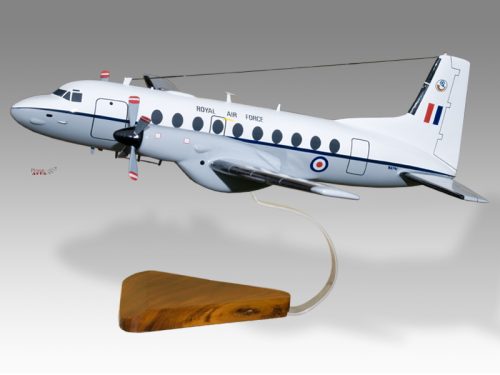
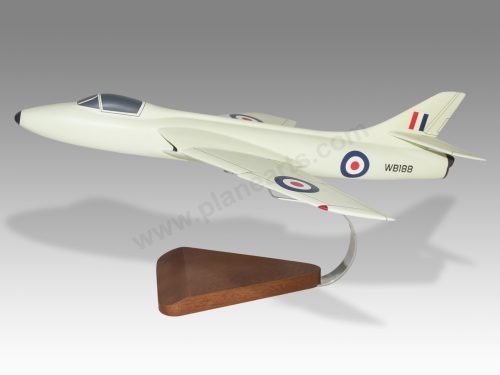
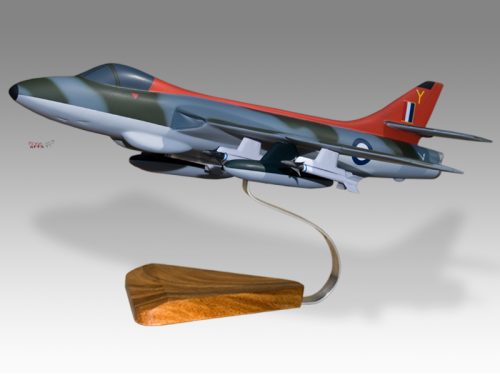

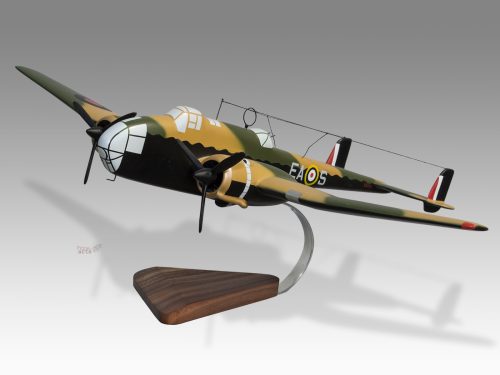

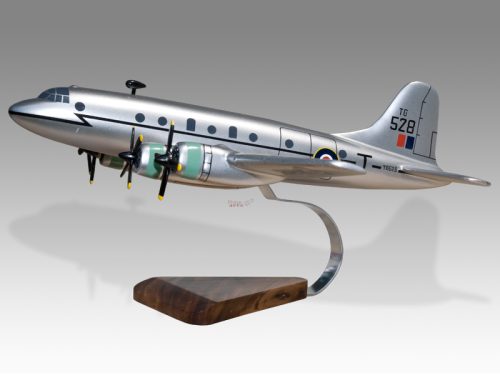
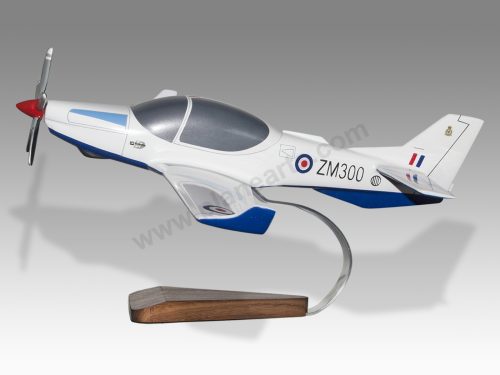

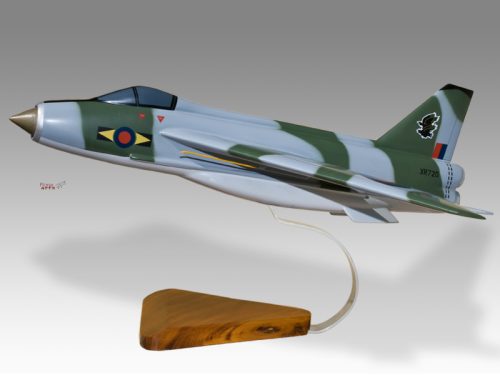


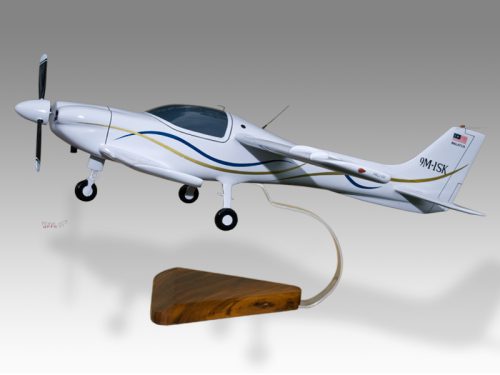
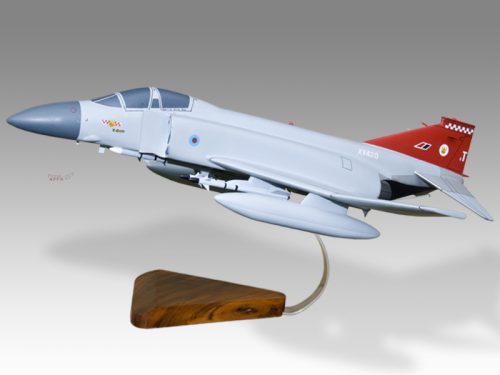
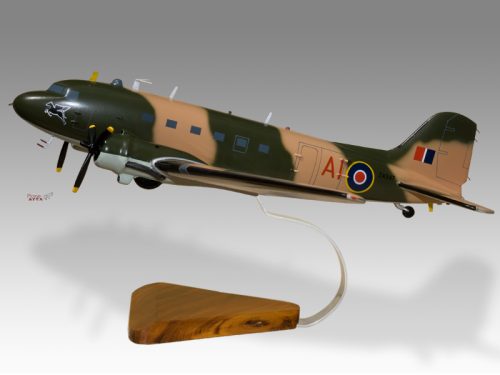

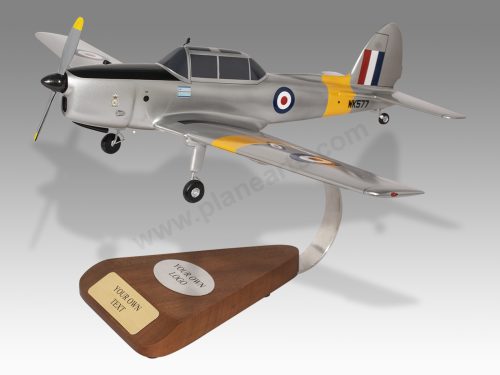
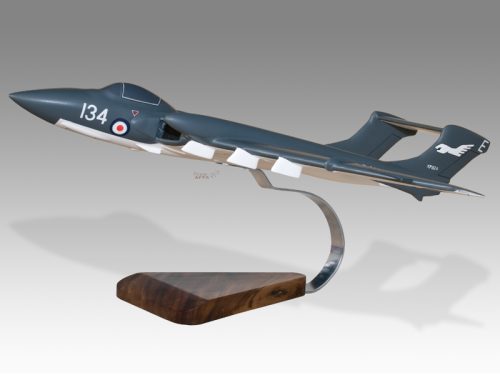
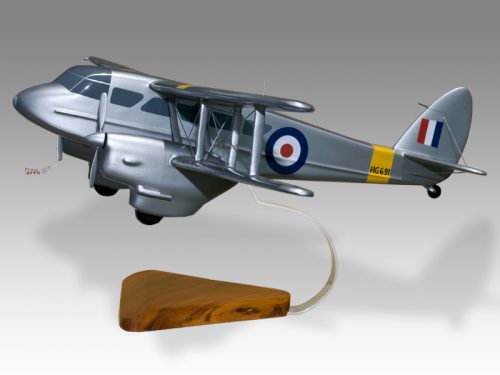
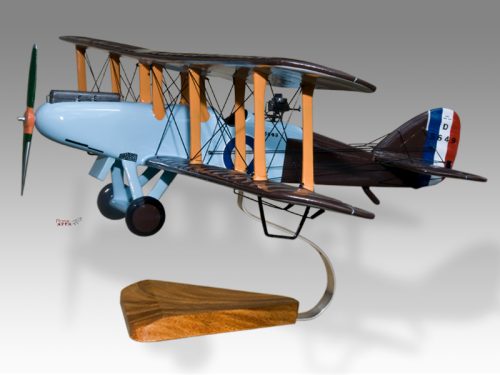
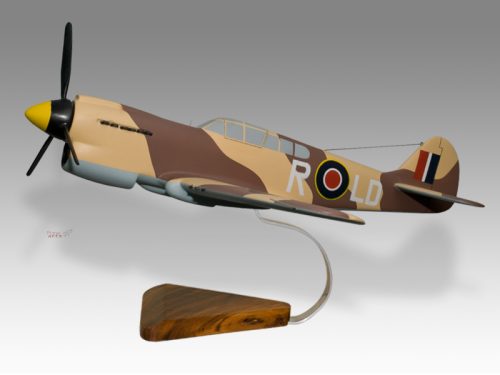

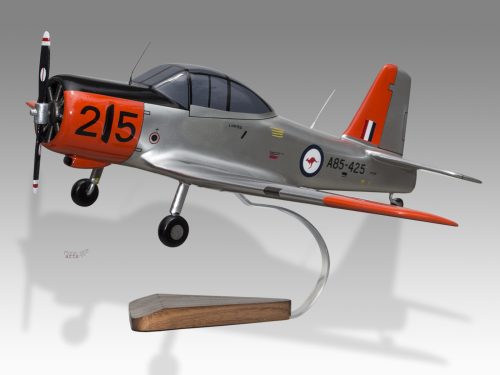

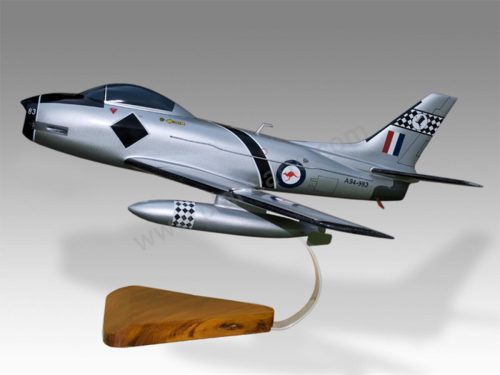
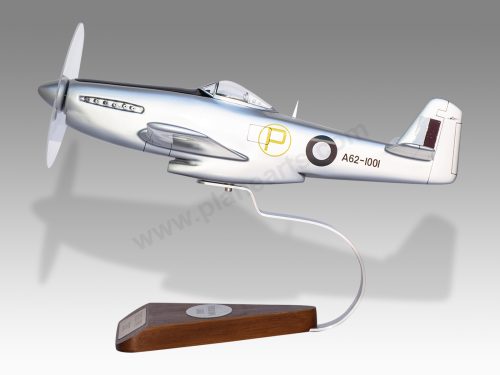
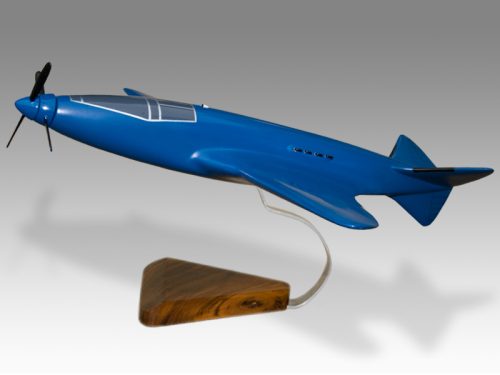
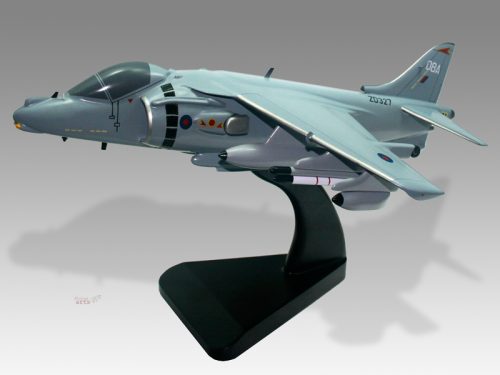
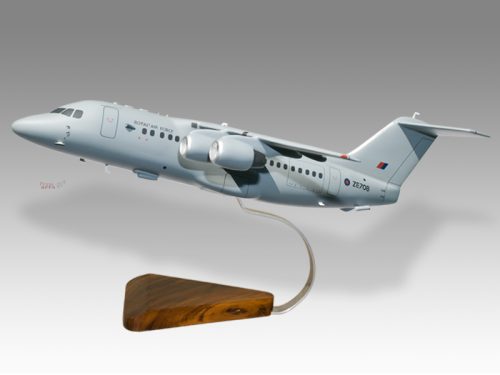

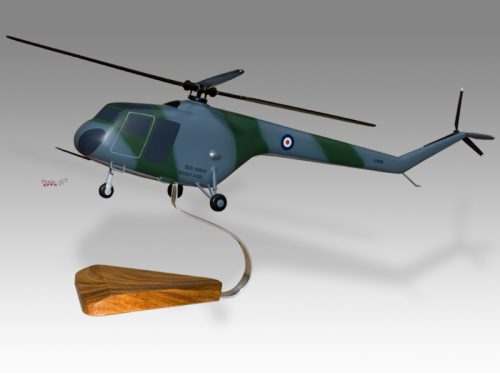
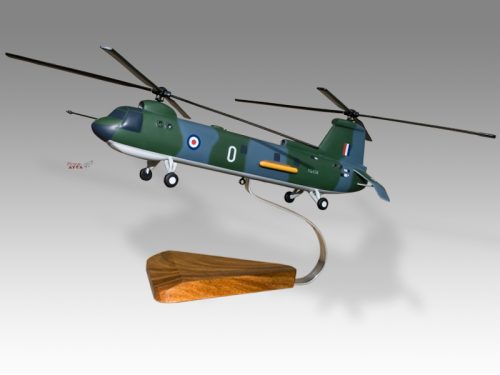

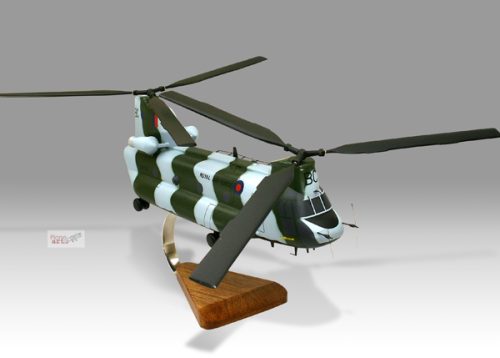
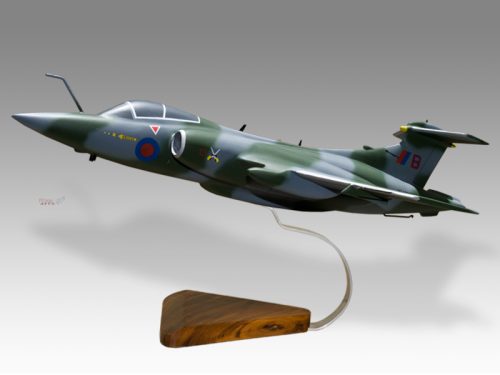
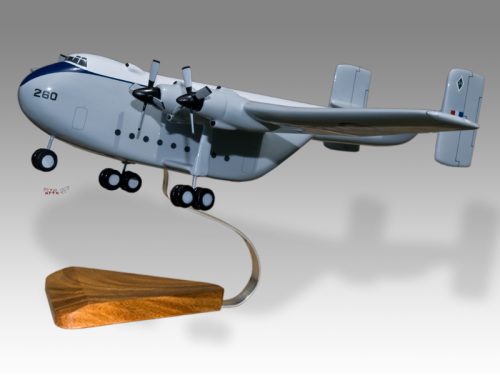
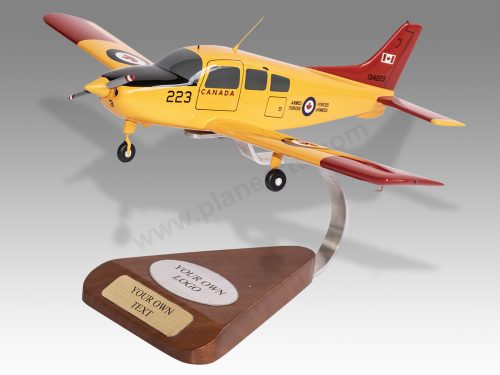
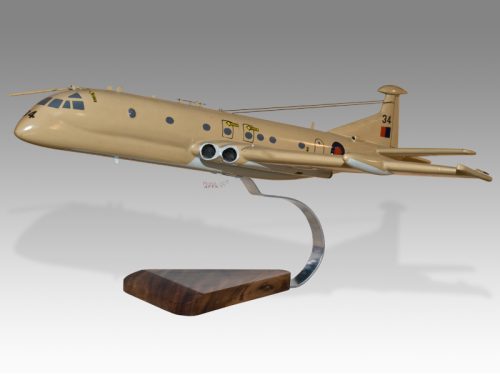

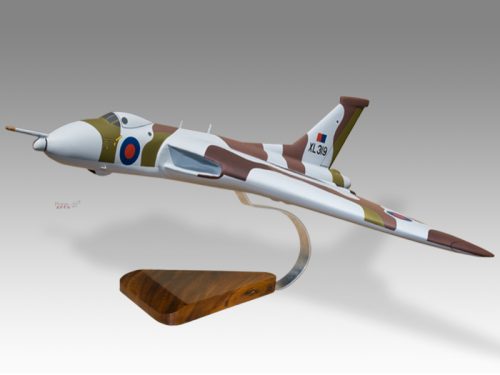
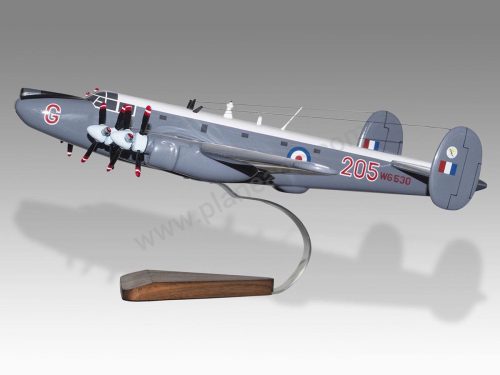

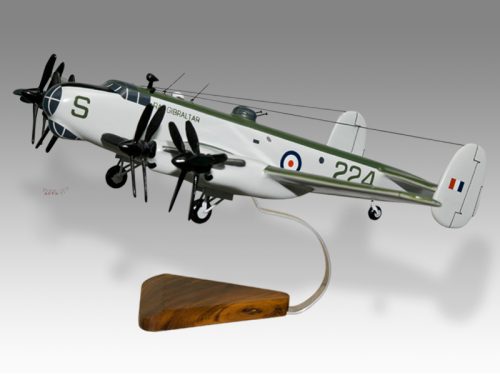
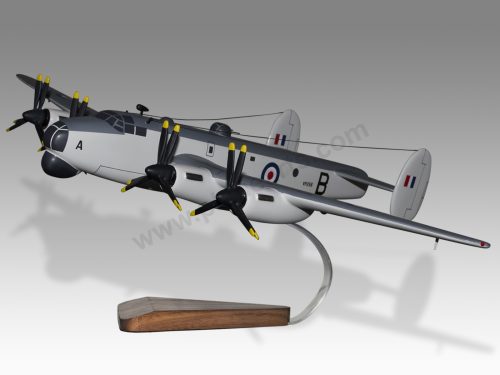
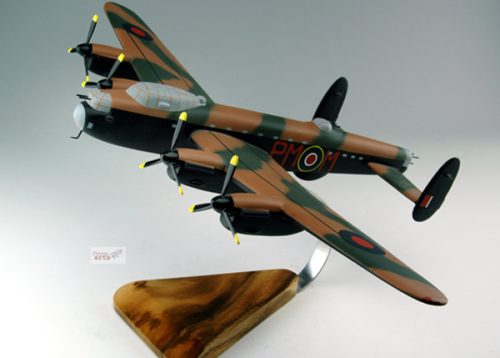
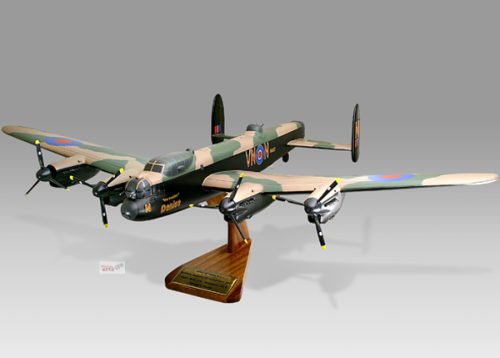
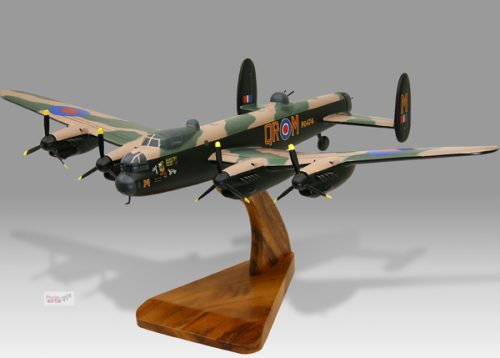


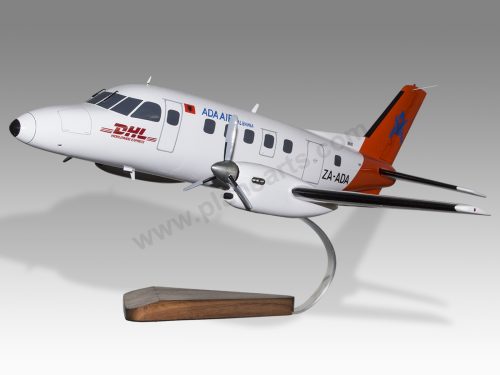

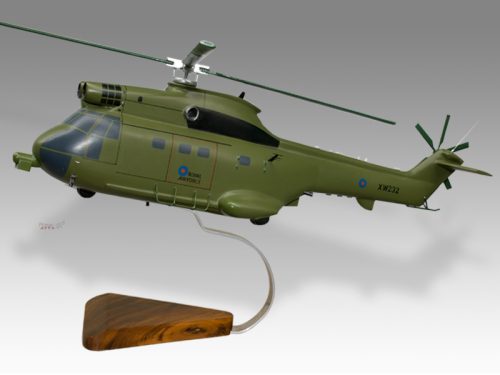

Reviews
There are no reviews yet.